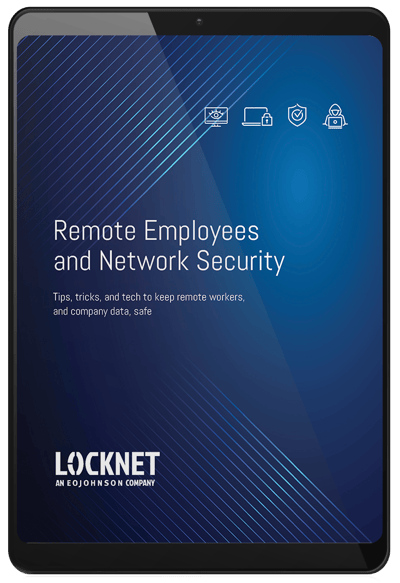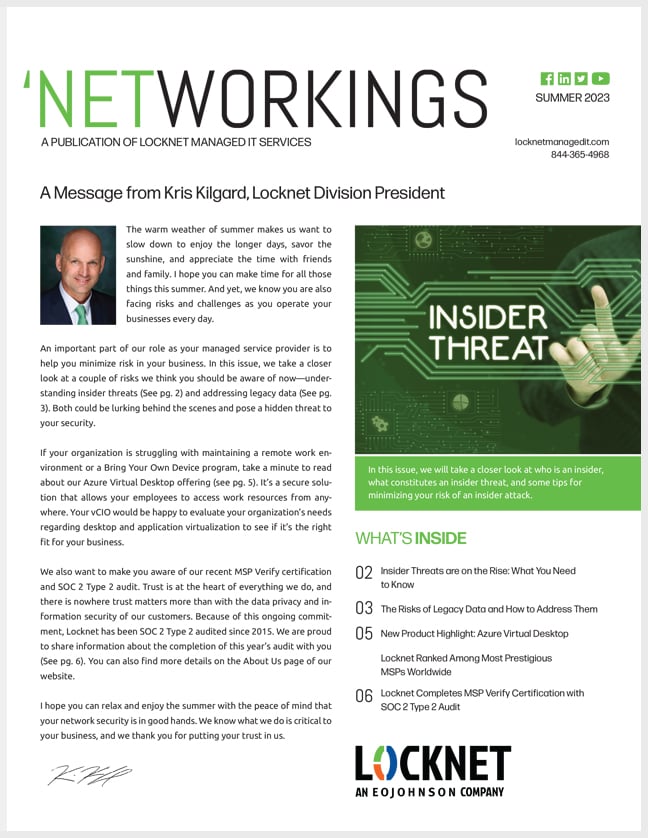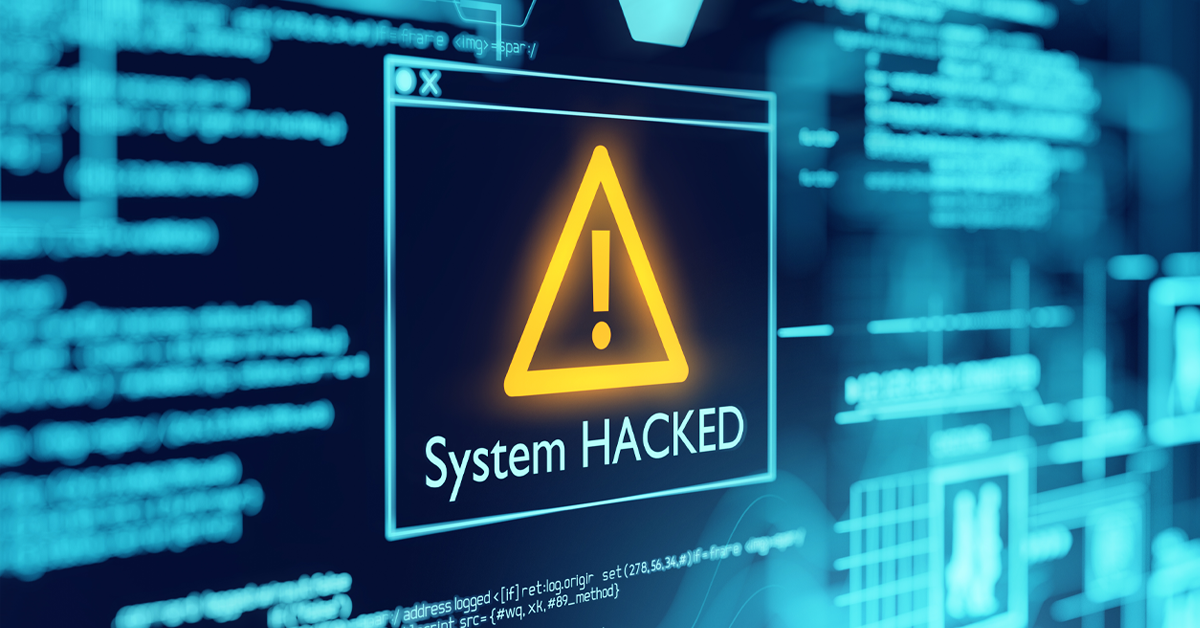Tips for K-12 educators
Students are more connected than ever thanks to the internet. Mobile devices, laptops, and chat rooms can be great communication tools to support learning, but they also have downsides. In week two of our back-to-school series, we focus on K-12 educators. Teachers are in a unique position to help young people learn the importance of digital citizenship and online safety. But it’s hard to guide the next generation of digital citizens if you have questions of your own. Here are five quick tips for navigating internet safety in the classroom.
Five online safety tips for teachers and schools
Have a School Internet Use Policy. The most important thing is to create a school policy about internet usage. If your school doesn’t already have one, address it with your school’s administrators and technical support team. Make sure it includes how students should use the internet, what they need to avoid, and appropriate ways to communicate online. Then, be sure all members of the school community are aware of the policies and guidelines. This includes educators, students, and parents. Having a policy will help everyone understand how seriously everyone should take online safety.
Teach Students About Internet Safety. What and how you teach about online safety varies by age, but it should continue to be addressed every year. From the basics of password use to more advanced concepts around data privacy and sexting, there are resources and guidelines available for educators on teaching digital citizenship. As students conduct classroom research, online plagiarism, and copyright lessons are needed to use the internet both effectively and legally. If you have students moving between in-person and online learning, be sure to establish protocols for acceptable online behavior as well.
Adhere to Age Requirements for Online Accounts. There are many great free tools online that students and teachers can leverage for support and class activities. If you ask a student to register for an online account, you must adhere to age requirements. Many sites require anyone aged 13 or under to have parental permission to set up an account.
Address Cyberbullying. Cyberbullying is a common problem in every school today. And while getting mad and calling someone a name isn’t anything new, the permanence of online name-calling along with the ability to spread a message rapidly makes it even more important to address immediately. Gone are the days of just letting something blow over. Hopefully, by teaching your students to be good digital citizens, most cyberbullying will be avoided. When it does happen, it’s important to support the students and parents involved. Create a good reporting system and follow through on any reports you get.
Protect Your Own Digital Reputation. In a nutshell, this means practicing what you preach. Consider your own digital footprint and don’t put anything online you wouldn’t want your friends, family, colleagues, employers, or community members to see. Don’t share complaints, interactions, or jokes about students or parents online, and carefully consider whether you want to connect with students and parents on social media.
Final thoughts
Teachers know how important it is to guide students to be safe, responsible, and productive. This carries into digital citizenship education as well. Technology will continue to evolve and add new challenges for keeping kids safe online. As kids find new ways to connect and you incorporate more technology in the classroom, students will continue to look to teachers for guidance on the correct way to use those resources safely and responsibly.









